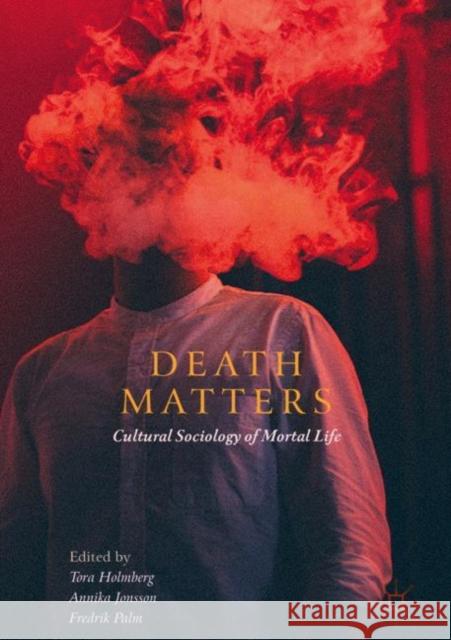Death Matters: Cultural Sociology of Mortal Life » książka
topmenu
Death Matters: Cultural Sociology of Mortal Life
ISBN-13: 9783030114848 / Angielski / Twarda / 2019 / 289 str.
Kategorie:
Kategorie BISAC:
Wydawca:
Palgrave MacMillan
Język:
Angielski
ISBN-13:
9783030114848
Rok wydania:
2019
Wydanie:
2019
Ilość stron:
289
Waga:
0.64 kg
Wymiary:
21.01 x 14.81 x 2.54
Oprawa:
Twarda
Wolumenów:
01
Dodatkowe informacje:
Wydanie ilustrowane











